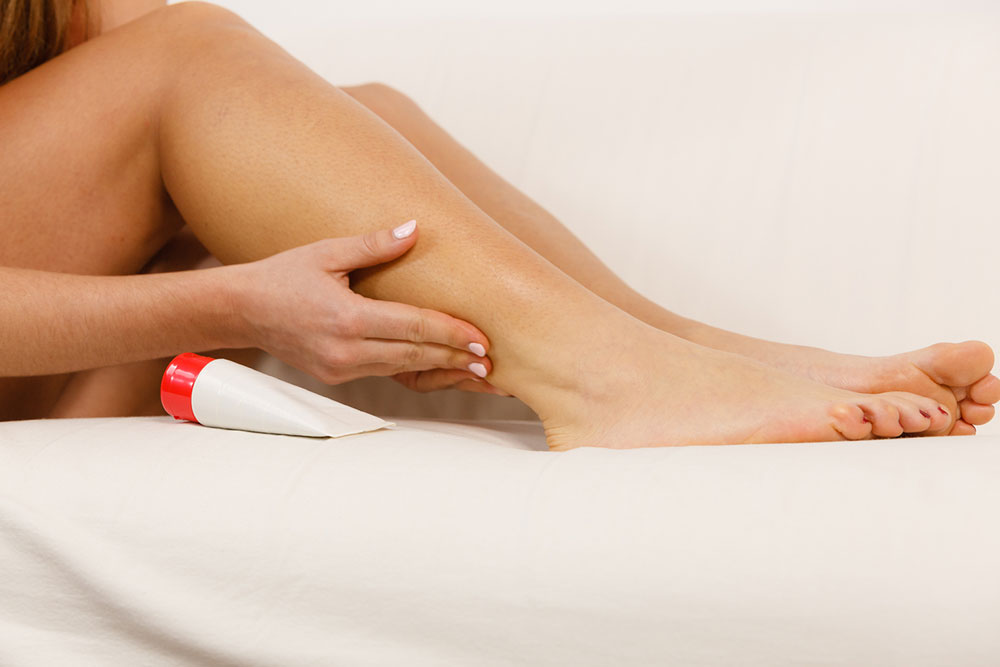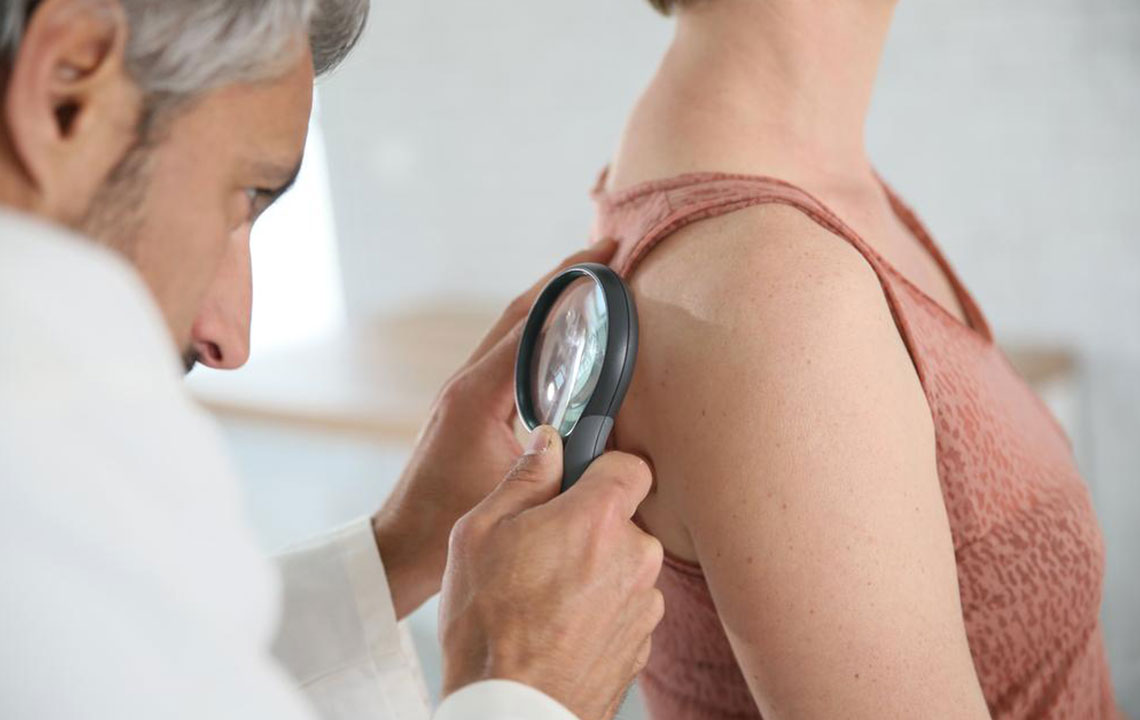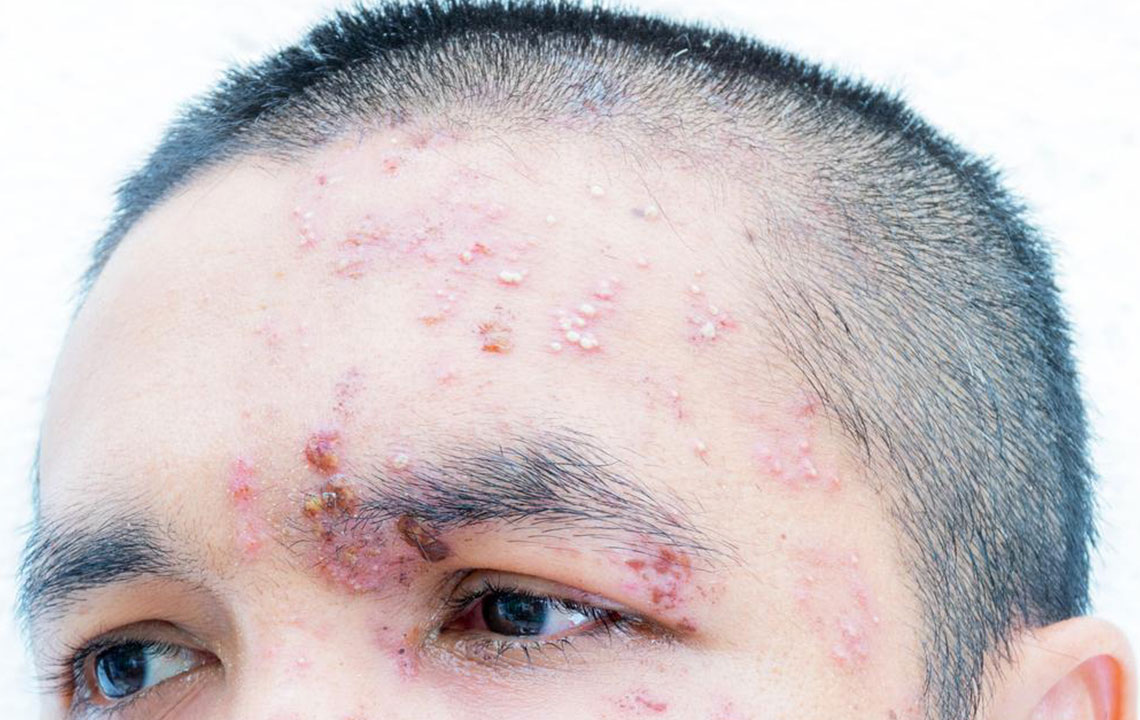Comprehensive Guide to Shingle Treatment Options
This comprehensive guide covers shingles symptoms, diagnosis, and treatment options including antiviral medications, pain management, and self-care tips. Early intervention is key to faster recovery and complication prevention. Consult healthcare professionals promptly to ensure effective treatment and relief from symptoms.

Comprehensive Guide to Shingle Treatment Options
Shingles is a viral condition characterized by painful rashes that can appear anywhere on the skin. Typically, the rash manifests as a single stripe of blisters wrapping around either side of the torso. The causative virus, known as varicella zoster, necessitates prompt treatment to ensure effective recovery. Choosing the right medication is crucial for optimal results. Early diagnosis and treatment significantly reduce symptoms and shorten the duration of the illness.
Diagnosing Shingles
Diagnosis is primarily based on the patient's pain history on one side of the body, coupled with the distinctive rash and blisters. Additional tests like tissue scraping or blister culture may be conducted in laboratories for confirmation.
Early intervention greatly improves outcomes, reducing symptoms within two to four weeks. Consulting a healthcare professional at the first sign of shingles is recommended. Timely treatment lessens severity and helps prevent potential complications.
Preventive self-care measures include keeping the rash clean and dry to prevent bacterial infections. Wearing loose clothing enhances comfort. Avoiding topical antibiotics or adhesives helps speed healing. Using non-sticky dressings and calamine lotion can soothe itching and cool the skin. Applying a cool compress to oozing blisters reduces discomfort and keeps the area clean, applied for 20-minute intervals as needed.
Returning to work or school is generally safe unless blisters are oozing fluid and cannot be covered. Infected children or adults feeling unwell should stay home to prevent contagion.
Antiviral Treatments for Shingles
For pain relief, over-the-counter painkillers may suffice. The main antiviral medications prescribed include Famciclovir, Valacyclovir, and Acyclovir. They do not eradicate the virus but inhibit its replication, reducing severity and duration. Initiating antiviral therapy within 72 hours of rash appearance offers the best results and minimizes risks of complications like postherpetic neuralgia.
Nonsteroidal anti-inflammatory drugs like ibuprofen help reduce inflammation but should be avoided in individuals with stomach, liver, or respiratory issues. Pregnant women are advised against NSAID use.
Severe pain might require opioids such as codeine or morphine, often combined with other pain relievers. For nerve pain that is particularly distressing, antidepressants like tricyclic antidepressants (TCAs) or anticonvulsants such as Gabapentin and Pregabalin might be prescribed. In some cases, corticosteroid injections provide rapid relief. With proper treatment, shingles symptoms typically improve within 2 to 6 weeks, speeding recovery and alleviating discomfort.










